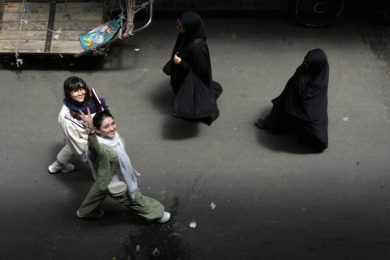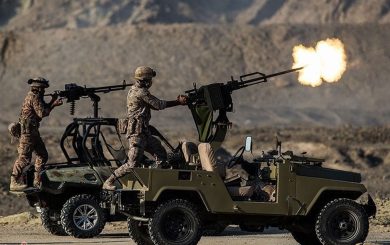Though exiled from their homeland, Iranian women abroad are far from silent. From refugee camps to global parliaments, they are using their freedom to amplify the voices of those oppressed inside Iran. Exile has not weakened their activism—it has expanded it. Through digital campaigns, political advocacy, and cultural influence, they are shaping the global movement for a free Iran.
1. The Diaspora as a Voice for the Silenced
Exiled Iranian women have become essential to:
• Amplifying protests and human rights abuses from inside Iran.
• Lobbying foreign governments for sanctions, designations, and international action against the regime and the IRGC.
• Providing platforms for jailed and silenced activists within the country.
They act as translators—turning local resistance into global headlines.
2. Faces of Resistance Abroad
Masih Alinejad
• A journalist and founder of #MyStealthyFreedom, encouraging Iranian women to protest compulsory hijab laws.
• Target of multiple assassination and kidnapping plots by the Iranian regime.
• Uses international media to expose IRGC tactics, share protest videos, and demand foreign action.
Nazenin Boniadi
• British-Iranian actress and activist.
• Speaks at UN panels, human rights forums, and U.S. Congressional hearings.
• Advocates for IRGC designation as a terrorist organization and sanctions on human rights violators.
Shirin Ebadi
• Nobel Peace Prize-winning lawyer and human rights advocate, living in exile since 2009.
• Works with global legal bodies to expose regime atrocities.
• Champions freedom of expression and women’s legal equality.
3. Activism Without Borders
From Berlin to Toronto, Los Angeles to Paris, exiled Iranian women:
• Organize rallies and demonstrations in solidarity with in-country protests.
• Build alliances with feminist, academic, and political groups worldwide.
• Run media platforms, podcasts, and NGOs supporting human rights in Iran.
Their freedom of speech is a tool for those without it.
4. Digital Resistance and Counter-Propaganda
• Social media activism by exiled Iranians has been vital in broadcasting regime abuses.
• They combat IRGC propaganda with real-time footage, testimonies, and global trending campaigns.
• Leverage platforms like Twitter, Instagram, Telegram, and Clubhouse to keep the world engaged.
5. Challenges in Exile
• Surveillance and threats by IRGC proxies abroad.
• Isolation and trauma from being separated from loved ones still at risk in Iran.
• Political backlash, especially in countries that maintain ties with Tehran.
Despite this, their activism continues—louder and more urgent than ever.
6. Building Global Solidarity
Exiled women:
• Collaborate with international human rights groups like Amnesty International, UN Women, and Freedom House.
• Mobilize the Iranian diaspora and non-Iranian allies to pressure global leaders.
• Demand concrete action: IRGC designation, political asylum for activists, and tech support for protesters.
7. Why Their Work Matters
• They bridge the inside and outside worlds, translating domestic struggles into global action.
• Their work sustains the movement when local voices are jailed or silenced.
• They serve as role models for new generations, proving that exile is not defeat—it’s resistance reimagined.
Conclusion: The Revolution Has No Borders
Iranian women in exile are proving that courage has no boundaries. Their fight is not limited to geography—it is an international campaign for freedom, dignity, and justice. And they are not just supporting the revolution—they are leading it.
Join Our Newsletter!
Stay informed with the latest updates, news, and ways to take action in the fight for justice and global security. Sign up now to get updates delivered straight to your inbox!





